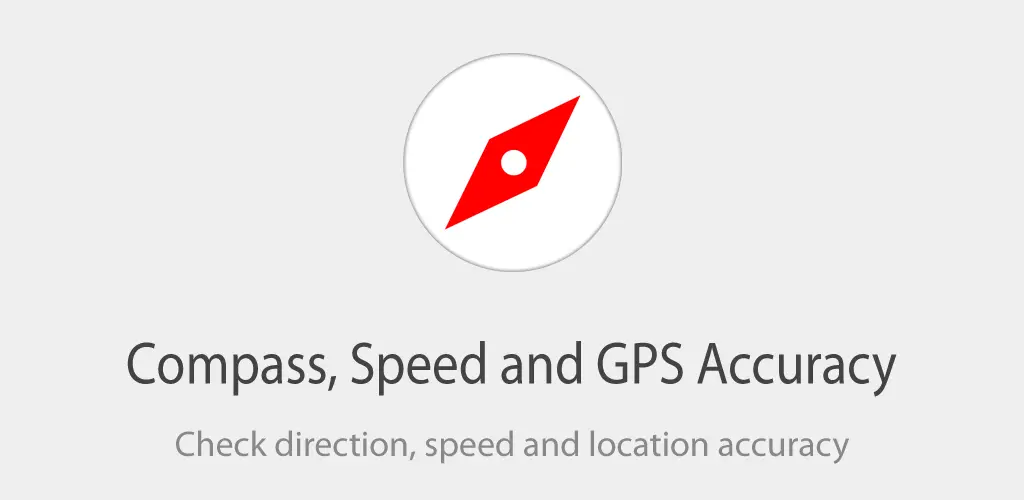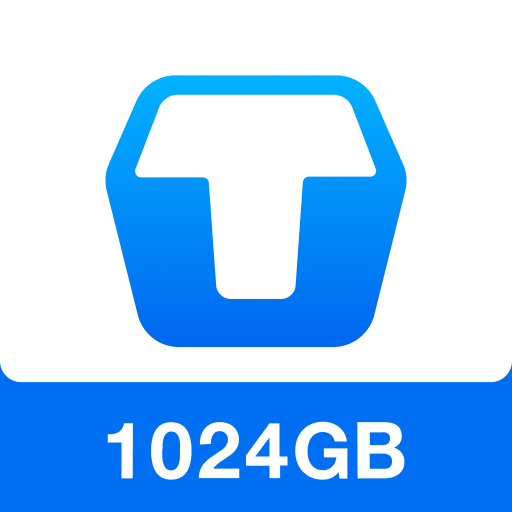Compass and GPS Tools MOD APK (Premium Unlocked)
Mod Info
- Premium / Paid features unlocked;
- Disabled / Removed unwanted Permissions + Receivers + Providers + Services;
- Optimized and zipaligned graphics and cleaned resources for fast load;
- Ads Permissions / Services / Providers removed from Android.manifest;
- Ads links removed and invokes methods nullified;
- Ads layouts visibility disabled;
- Google Play Store install package check disabled;
- Debug code removed;
- Remove default .source tags name of the corresponding java files;
- Analytics / Crashlytics / Firebase disabled;
- No active trackers or advertisements;
- Languages: Full Multi Languages;
- CPUs: universal architecture;
- Screen DPIs: 160dpi, 240dpi, 320dpi, 480dpi, 640dpi;
- Original package signature changed;
Description
Compass and GPS tools is a user-friendly tool for Compass, Speed, and GPS accuracy. Do you keep waiting long for GPS location when you open your favorite app like say Maps?

Compass and GPS tools app is a mobile application that combines the functionality of a compass and a GPS receiver. A compass is a navigation tool that uses a magnetized needle to indicate the direction of the magnetic north, while a GPS (Global Positioning System) receiver uses signals from satellites to determine the device’s location.
A compass and GPS tools app typically includes features such as a digital compass that can be calibrated, a GPS-based map view that shows your current location and surrounding area, and the ability to save and share location data. It can also include advanced features such as real-time tracking, waypoint management, and route planning. Many of these apps also offer offline maps, which can be useful for outdoor activities and travel in areas without internet access.
Compass – Magnetic Heading
A compass is a navigation tool that uses a magnetized needle to indicate the direction of the magnetic north. The direction that the needle points is called the magnetic heading. The magnetic heading can be affected by interference from nearby magnetic fields, such as those produced by electronic devices or nearby metal objects. Therefore, it’s important to keep a compass away from these sources of interference when taking a reading.
Magnetic North and Geographic North are different, while Magnetic north is the direction towards which the north pole of the earth’s magnetic field points. Geographic North is the direction towards the earth’s rotational axis and it is also known as True North. Magnetic declination is the angle between the magnetic north and true north. It varies depending on location and can be found using a declination map, GPS, or other means. Some modern compasses can show both magnetic and true north at the same time.
A Magnetic heading can be useful for outdoor navigation, and it is still widely used today, even with the widespread availability of GPS and other electronic navigation systems.
Navigation stats – Speed, Course, Altitude, Latitude, and Longitude
Navigation statistics refer to various data points that are used to determine the location, speed, and direction of travel of a vehicle or vessel. Here are some common navigation statistics and what they measure:
- Speed: The rate of movement of a vehicle or vessel, typically measured in knots (nautical miles per hour) for maritime navigation or kilometers per hour (KPH) or miles per hour (MPH) for land-based navigation.
- Course: The direction of travel of a vehicle or vessel, typically measured in degrees from true north.
- Altitude: The height of a vehicle or vessel above sea level, typically measured in meters or feet.
- Latitude: The angular distance of a location north or south of the earth’s equator, measured in degrees.
- Longitude: The angular distance of a location east or west of the prime meridian, measured in degrees.
- GPS provides all the above measurements along with Time, and bearing, GPS receiver on a mobile device or a standalone GPS unit can provide real-time updates of these navigation statistics, allowing a user to track their position and movements.
Satellite stats – Signal, Almanac, Ephemeris, Azimuth, Time, and Fix Accuracy
Satellite statistics refer to various data points that are used to determine the location, signal strength, and accuracy of GPS signals from satellites. Here are some common satellite statistics and what they measure:
- Signal strength: The strength of the signal received from a satellite, measured in decibels. A stronger signal results in a more accurate fix.
- Almanac: A set of data that describes the orbital characteristics of a satellite, including its position, velocity, and clock offset.
- Ephemeris: A set of data that describes the current position and velocity of a satellite.
- Azimuth: The horizontal angle between a satellite and a ground station, measured in degrees.
- Elevation: The angle between the satellite and the horizon, measured in degrees.
- Time: The time at which the satellite signal was received, typically measured in GPS time.
- Fix accuracy: The degree of accuracy of a GPS fix, typically measured in meters or feet.
The GPS receiver uses data from the almanac and ephemeris to calculate its position. The azimuth and elevation angles, along with signal strength, can be used to determine which satellites are visible and provide the best signal for a GPS fix. The time and fix accuracy are also important metrics for determining the quality of a GPS signal. With this information, a GPS receiver can triangulate its position and determine its location with a high degree of accuracy.
Keepalive – Keep GPS locked awake
Keepalive is a term used in GPS navigation to describe the process of keeping the GPS receiver on and actively receiving signals, even when the device or application is not in use. This can be used to maintain a “lock” on the GPS signal, which allows for more accurate and timely location updates.












